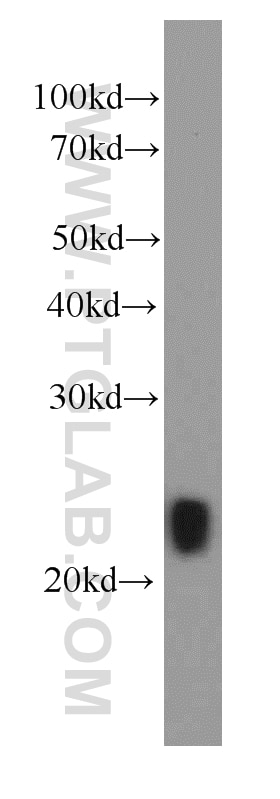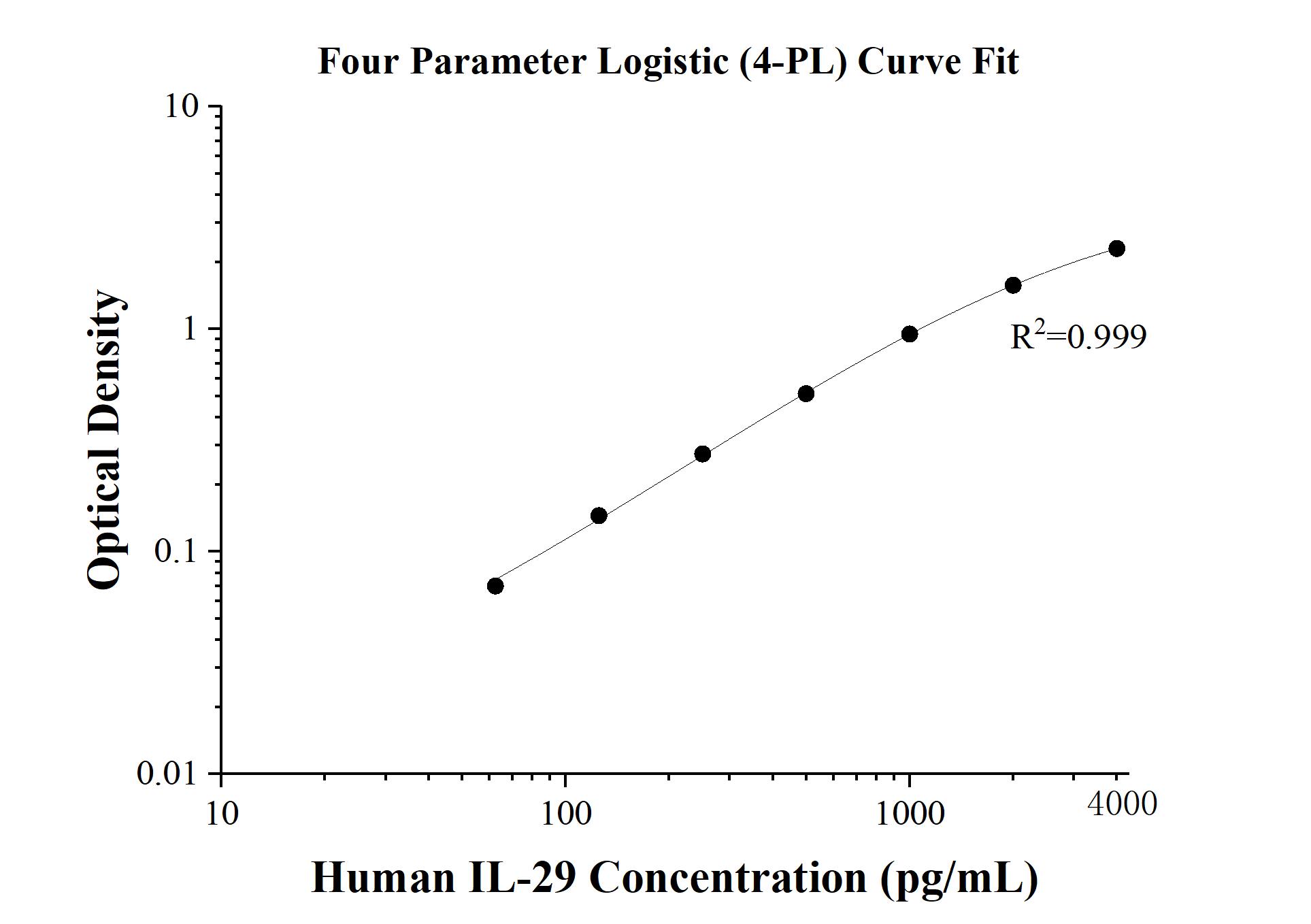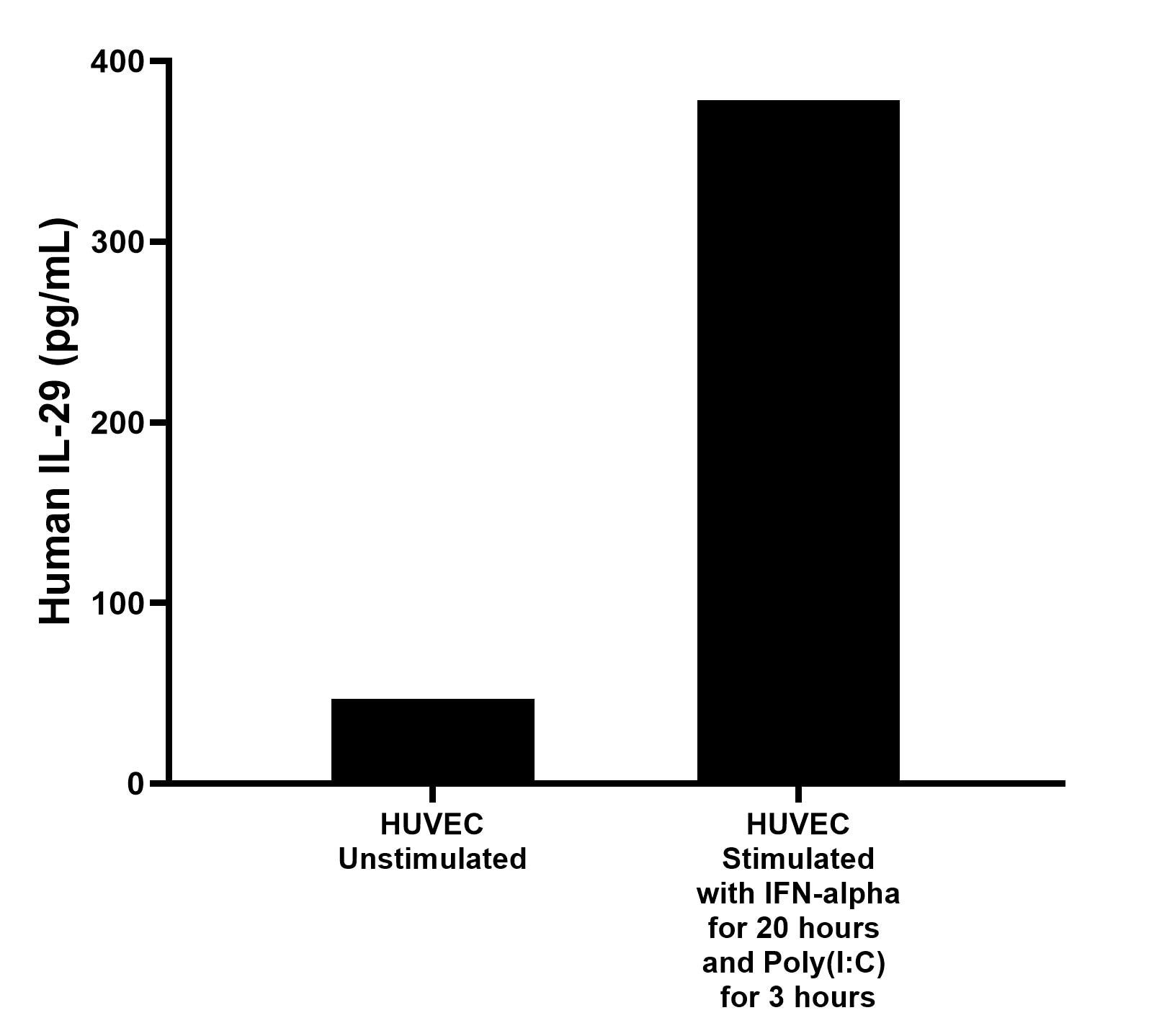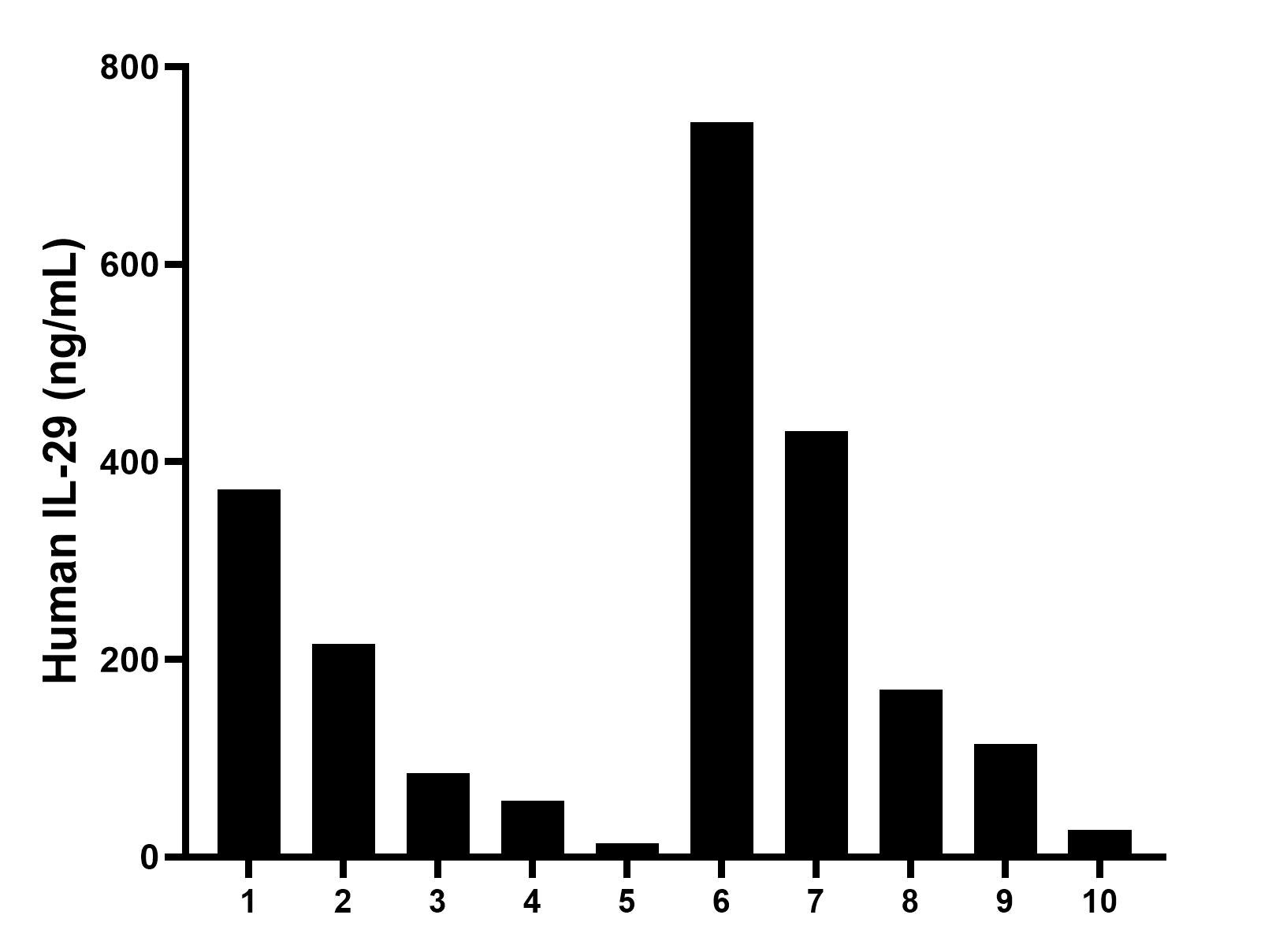Product Information
66163-1-PBS targets IL-29 as part of a matched antibody pair:
MP50009-1: 66163-1-PBS capture and 68671-1-PBS detection (validated in Sandwich ELISA)
Unconjugated mouse monoclonal antibody pair in PBS only (BSA and azide free) storage buffer at a concentration of 1 mg/mL, ready for conjugation.
This conjugation ready format makes antibodies ideal for use in many applications including: ELISAs, multiplex assays requiring matched pairs, mass cytometry, and multiplex imaging applications.Antibody use should be optimized by the end user for each application and assay.
| Tested Reactivity | human |
| Host / Isotype | Mouse / IgG1 |
| Class | Monoclonal |
| Type | Antibody |
| Immunogen |
CatNo: Ag12444 Product name: Recombinant human IL-29 protein Source: e coli.-derived, PET28a Tag: 6*His Domain: 24-200 aa of BC074985 Sequence: TSKPTTTGKGCHIGRFKSLSPQELASFKKARDALEESLKLKNWSCSSPVFPGNWDLRLLQVRERPVALEAELALTLKVLEAAAGPALEDVLDQPLHTLHHILSQLQACIQPQPTAGPRPRGRLHHWLHRLQEAPKKESAGCLEASVTFNLFRLLTRDLKYVADGNLCLRTSTHPEST Predict reactive species |
| Full Name | interleukin 29 (interferon, lambda 1) |
| Calculated Molecular Weight | 200 aa, 22 kDa |
| Observed Molecular Weight | 22 kDa |
| GenBank Accession Number | BC074985 |
| Gene Symbol | IL-29 |
| Gene ID (NCBI) | 282618 |
| RRID | AB_2881559 |
| Conjugate | Unconjugated |
| Form | Liquid |
| Purification Method | Protein G purification |
| UNIPROT ID | Q8IU54 |
| Storage Buffer | PBS only, pH 7.3. |
| Storage Conditions | Store at -80°C. |
Background Information
Interleukin-29 (IL-29) is a cytokine belonging to the Type III interferon family, which has another two subfamilies IL-28A and IL-28B. They are also known as IFN-λ1, IFN-λ2 and IFN-λ3, respectively. IL-29 is produced predominantly by maturing dendritic cells and macrophages. IL-29 plays an important role in the immune response against pathogenes and especially against viruses by mechanisms similar to type I interferons. IL-29 receptor signals through JAK-STAT pathways leading to activated expression of interferon-stimulated genes and production of antiviral proteins.










